Editors’ Picks





Found in Robotics News & Content, with a score of 0.52
…simulation.” Fraunhofer presented a session on “Towards a Digital Reality in Logistics Automation: Optimization of Sim-to-Real” at NVIDIA's GTC (GPU Technology Conference) this past spring. The next GTC will be from Sept. 19 to 22, and attendees can register now for the robotics sessions.
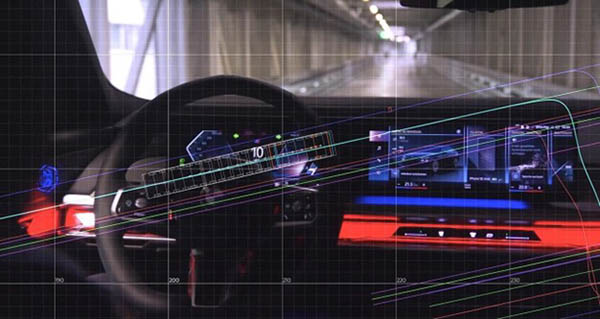
Found in Robotics News & Content, with a score of 2.38
…TWR is built using NVIDIA CUDA libraries for creating GPU-accelerated applications, as well as the Jetson AGX Orin module for high-performance AI at the edge. The system uses NVIDIA GPUs in the cloud for global fleet path planning. These systems pass information from a vehicle to infrastructure, other vehicles, any surrounding entities. The company said its primary focus is on improving first- and last-mile logistics such as parking. Its Level 5 Control Tower is a mesh network of sensors and computers placed on infrastructure around a facility, like buildings or light poles — rather than on individual cars — to…
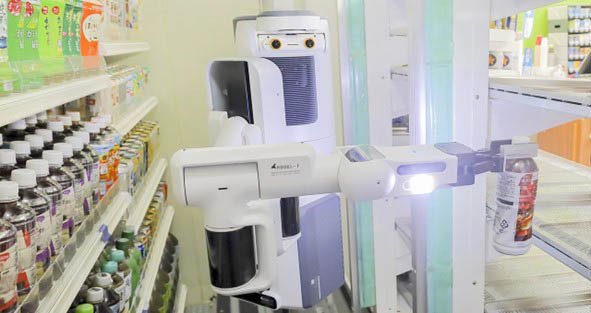
Found in Robotics News & Content, with a score of 0.50
…manual control through a VR system that uses NVIDIA GPUs for video streaming. Telexistence estimates that a busy convenience store needs to restock more than 1,000 beverages a day. TX SCARA's cloud system maintains a database of product sales based on the name, date, time, and number of items stocked by the robots during operation. This allows the AI to prioritize which items to restock first based on past sales data. Achieving Edge AI With NVIDIA Jetson TX SCARA has multiple AI models under the hood. An object-detection model identifies the types of drinks in a store to determine which…
Found in Robotics News & Content, with a score of 1.42
…the Siemens Xcelerator platform. A ‘multitrillion-dollar opportunity’ Omniverse, a multi-GPU scalable computing platform for building virtual worlds, is already in use by some 700 leading companies globally to enhance architectural and product design, simplify visual effects workflows, and build digital twins of factories, cities and the planet, according to the company. “The metaverse is a multitrillion-dollar opportunity that organizations know they can’t ignore, but many struggle to see a clear path forward for how to engage with it,” said Rev Lebaredian, vice president of Omniverse and simulation technology at NVIDIA. “NVIDIA Omniverse closes the gap between the physical and virtual…
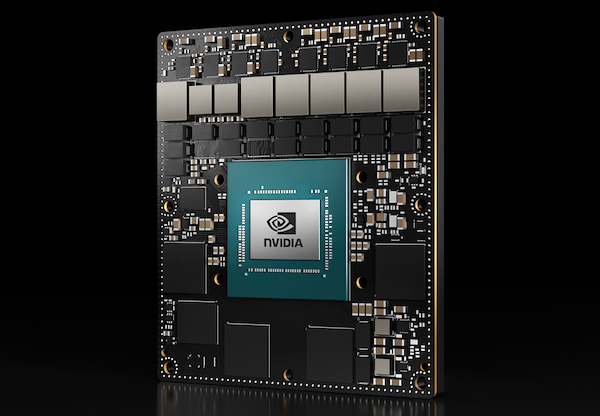
Found in Robotics News & Content, with a score of 0.93
…concurrent AI application pipelines with an NVIDIA Ampere architecture GPU, next-generation deep learning and vision accelerators, high-speed I/O, and fast memory bandwidth. With the new module, customers can develop systems using the largest and most complex AI models to solve problems such as natural language understanding, 3D perception, and multisensor fusion. Jetson AGX Orin production modules. Source: NVIDIA NVIDIA to offer multiple modules The four Jetson Orin-based production modules, which NVIDIA announced at its GPU Technology Conference (GTC), are designed to offer customers a full range of server-class AI performance. The Jetson AGX Orin 32GB module is available to purchase…
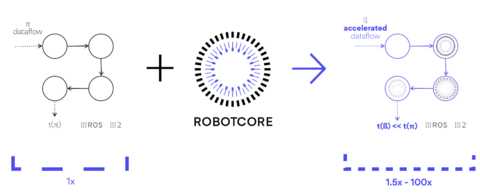
Found in Robotics News & Content, with a score of 2.03
…popular field-programmable gate arrays (FPGAs) and graphics processing units (GPUs). ROBOTCORE extends ROS and works with vendor-proprietary libraries, empowering hardware acceleration in robotics across silicon vendors, the company said. Framework enables developers to create APIs ROBOTCORE allows robotic engineers to create ROS and ROS 2 API-compatible intellectual property (IP) cores that increase a robot's performance, including latency and throughput, claimed Acceleration Robotics. These “robot cores” can make robots faster, more deterministic, and power-efficient, the company said. ROBOTCORE launches with support for more than 10 development boards, including the most popular hardware-acceleration systems to build robots with ROS. The framework builds…
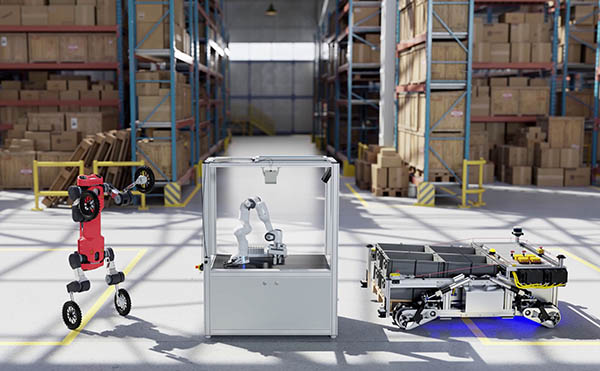
Found in Robotics News & Content, with a score of 1.29
…for hazardous environments, faster training in parallel and with GPU-accelerated GEMs, and lower cost than testing in the real world.” Why don't more roboticists use simulation? “Often, it doesn't model the behavior of a robot closely enough,” replied Andrews. “Once the reality gap is too large, developers would rather go to the lab, even if that's slower, smaller-scale, and more expensive.” “With this release of NVIDIA Isaac Sim, we're delivering on incrementally closing that reality gap,” he said. Isaac Sim 2022.1 release features Isaac Cortex is a decision framework for training collaborative robots. “Program cobot tasks as easily as programming…
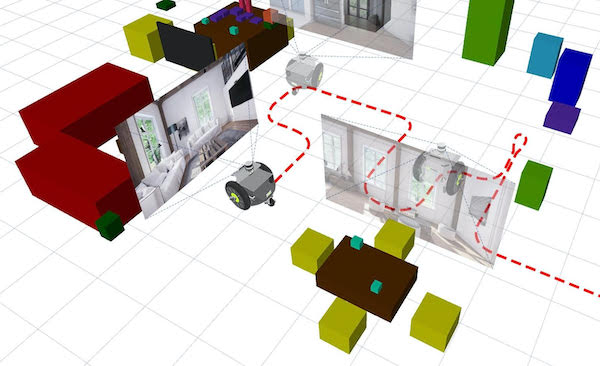
Found in Robotics News & Content, with a score of 0.16
…can win a share in prizes, including NVIDIA A6000 GPUs and $2,500 (U.S.) cash. The story behind BenchBot BenchBot addressed a need in our semantic scene understanding research. We’d hosted an object-detection challenge and produced novel evaluation metrics, but we needed to expand this work to the robotics domain: What is understanding a scene? How can the level of understanding be evaluated? What role does agency play in understanding a scene? Can understanding in simulation transfer to the real world? What’s required of a simulation for understanding to transfer to the real world? We made the BenchBot platform to enable…
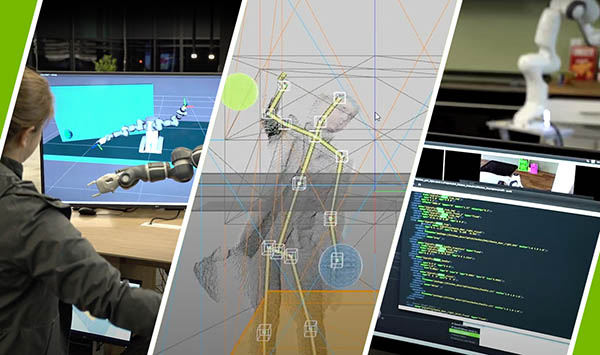
Found in Robotics News & Content, with a score of 1.06
…data back to CPUs and the next node to GPUs [graphics processing units], you can put together a sequence of nodes and only copy it back to the CPU when the GPU is done, when it is back with the ticket.” Type negotiation identifies best formats for performance In collaboration with Open Robotics, NVIDIA is also making type negotiation (REP-2009) available in the latest ROS release. According to Andrews, this feature “allows the different ROS nodes in a processing pipeline to advertise their supported types so that the formats yielding the ideal performance are chosen. The ROS framework performs this…
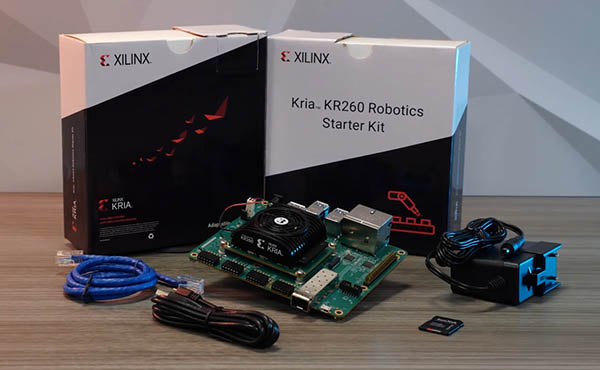
Found in Robotics News & Content, with a score of 0.70
…5X productivity gain over competing NVIDIA gaphics processing unit (GPU)-based systems, such as Jetson AGX Xavier Developer Kit and Jetson Nano Developer Kit using Isaac ROS SDK 4.6.1. AMD said it used the KV260 Starter Kit based on Kria K26 SOM, using Vitis Unified SW Platform 2021.2 and Kria Robotics Stack. Development time accounted for tool-chain setup with ROS 2, cross-compilation of host code, and creation of accelerators implementing two functions: doublevadd_publisher and accelerated_doublevadd_publisher. “The Kria SOM portfolio accelerates the design cycle for developers by starting at a more evolved point compared to chip-down design,” said Khona. It typically offers…
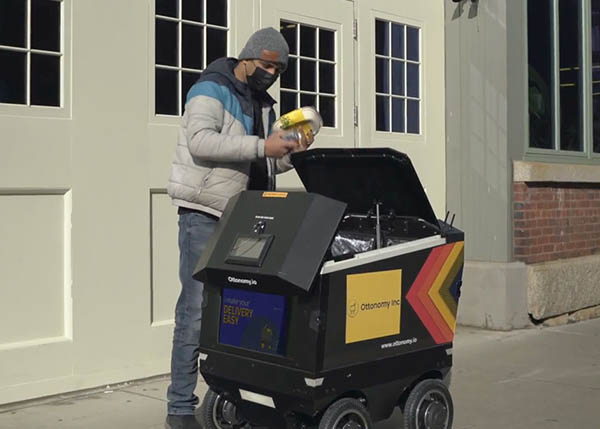
Found in Robotics News & Content, with a score of 0.99
…In addition to AUVSI Xponential 2022 in Orlando, Fla., Ottonomy.io has displayed its systems at CES, NRF, and NVIDIA's GPU Technology Conference (GTC). Xponential attendees can learn more about the company's Ottobots at Booth 1038 at the Orange County Convention Center from April 25 to 28.
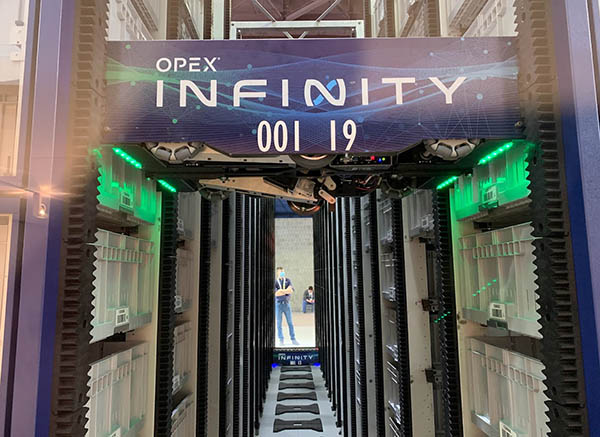
Found in Robotics News & Content, with a score of 0.26
…to solve. But with all of the advancements in GPU-enabled edge AI and computing, vendors are coming up with some truly innovative and safe new robots. Kamlager: Ours, of course! The full-stack technology approach RIOS offers enables customers to go to a single provider for AI-powered robotics with robots-as-a-service [RaaS]. It seems like AGV [automated guided vehicle] providers have figured out a way to scale successfully in this market. From every dimension, they have figured it out. Aaron Prather, FedEx Express Prather: Besides Boston Dynamics finally showing off Stretch, I think that Locus, Vecna, and Plus One were big winners.…



